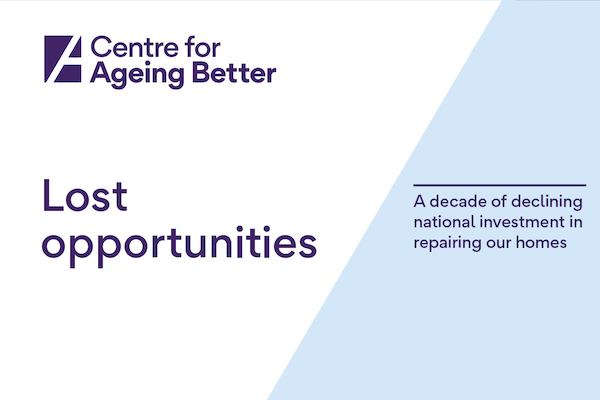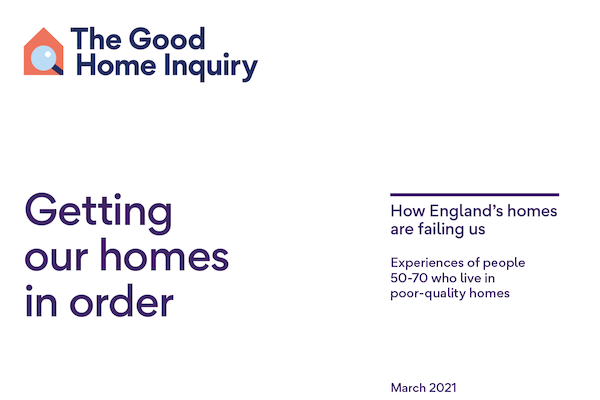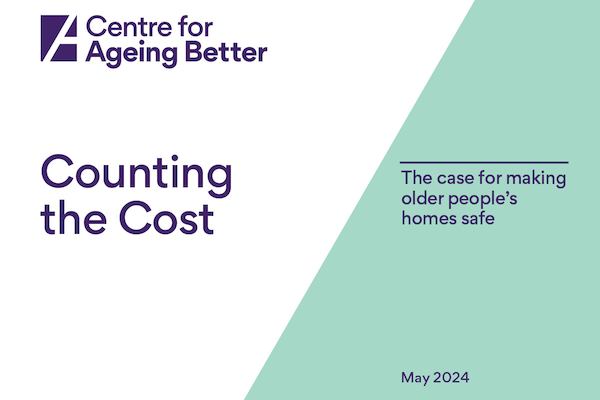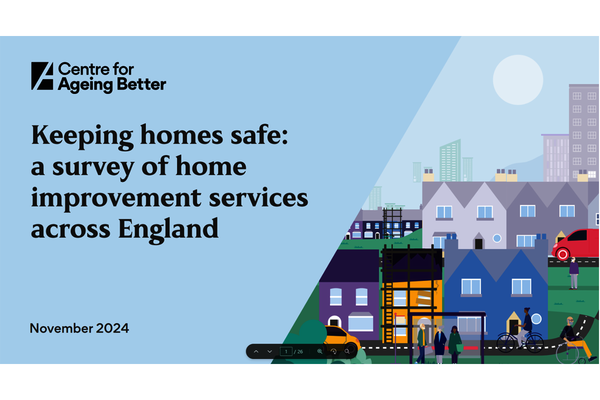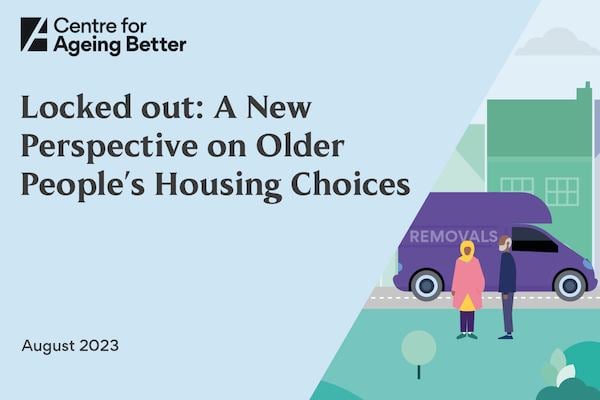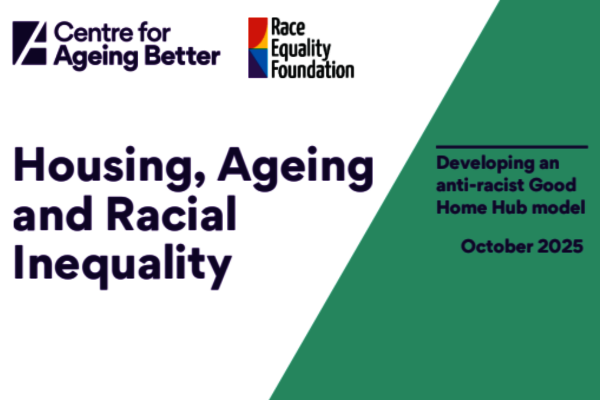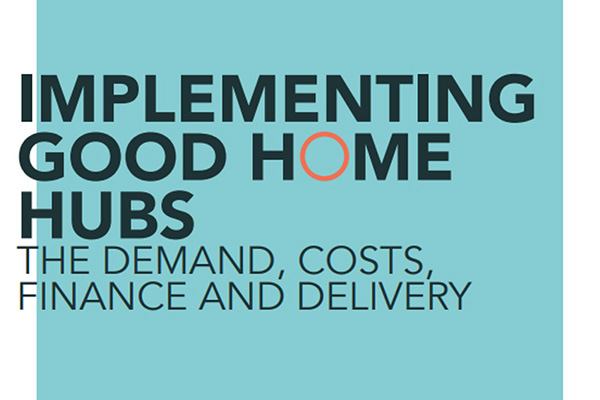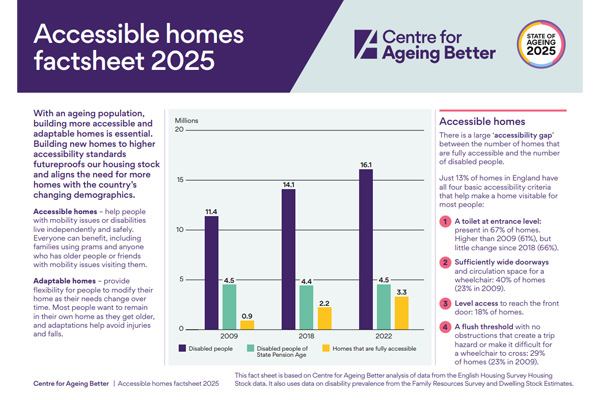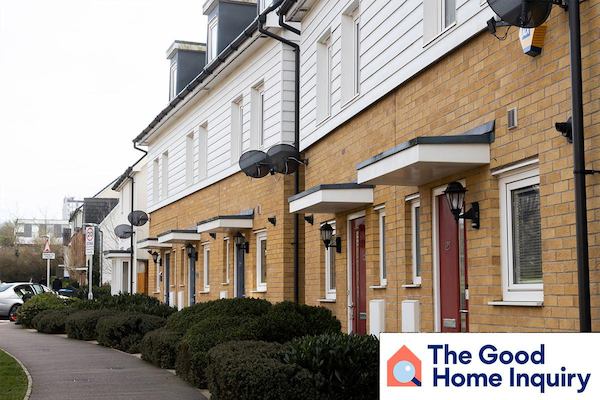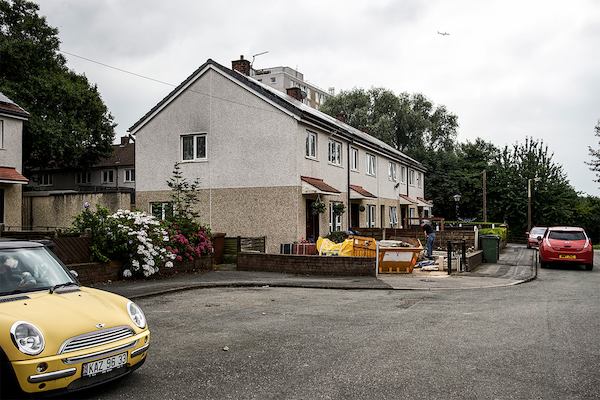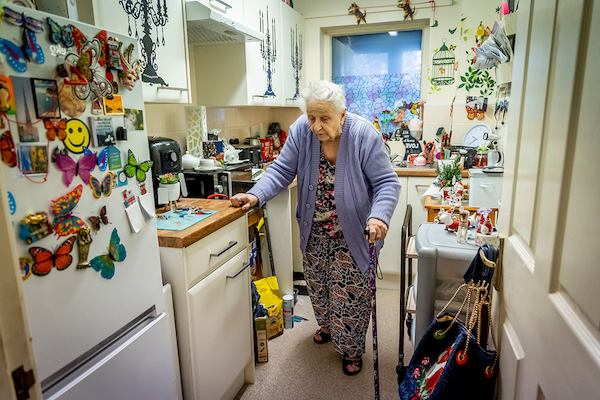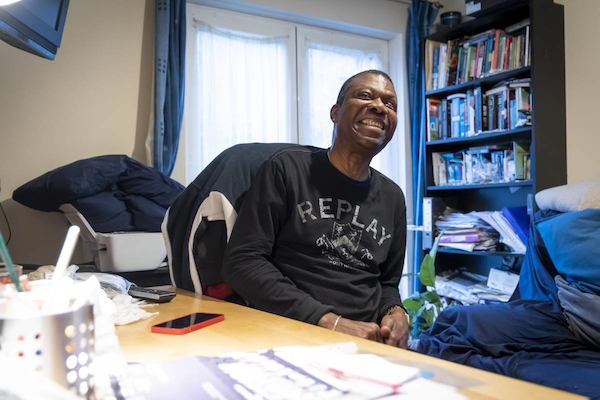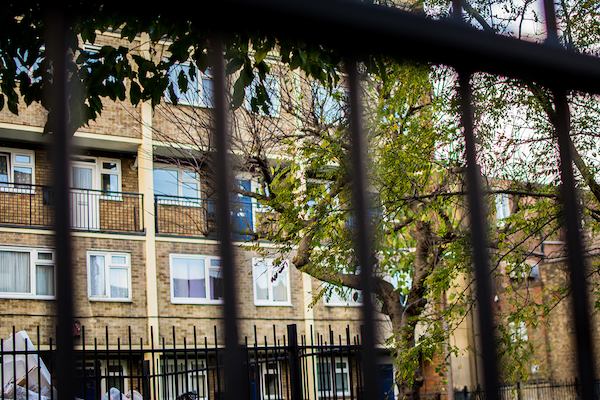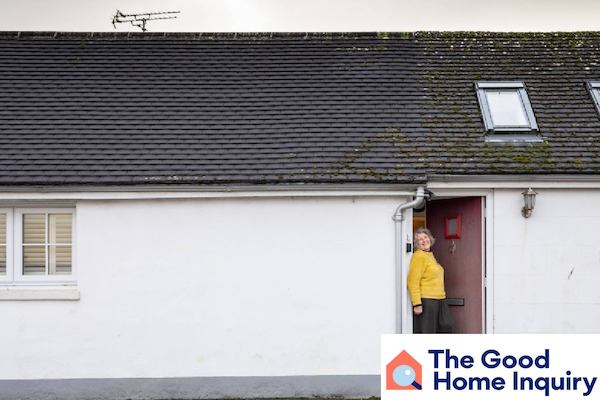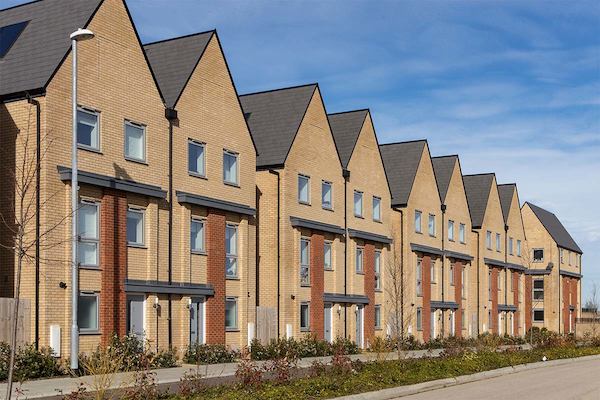Evidence about homes
Explore our library of evidence on the importance and impact of safe, warm and accessible housing for older people.
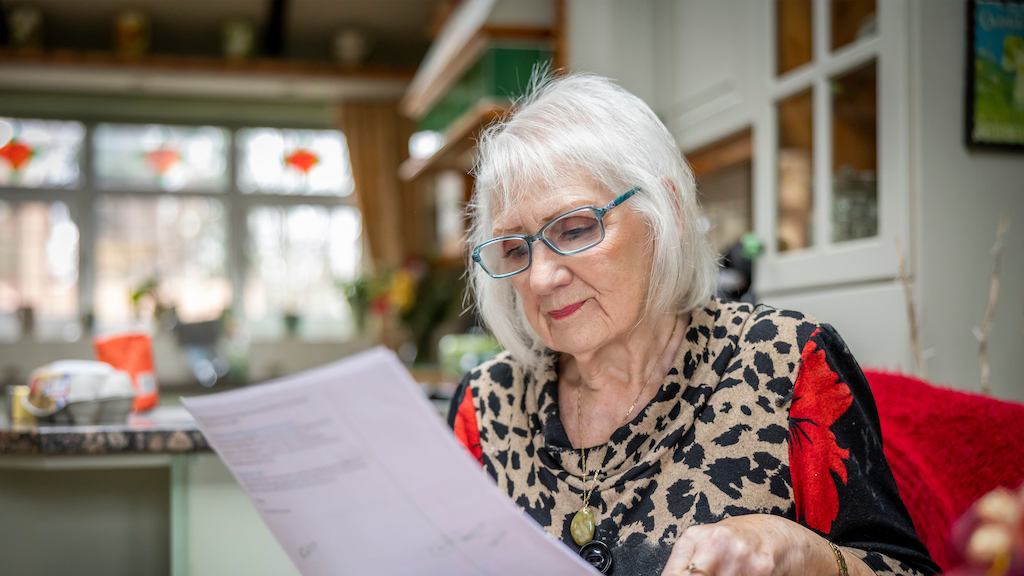
For those living in unsafe, unsuitable and inaccessible homes, the impact on their health, finances and independence is far too great to ignore.
We are dedicated to producing robust evidence that outlines the extent of the problem and provides solutions and learning as to what works in improving the quality of not only older people’s housing but housing for all.
England has a shortage of safe, warm and accessible homes
Across the country, 3.7 million properties – 15% of homes – are in such a bad state of repair they fall below the government’s minimum standards of decency. According to our analysis, this translates into nearly 8 million people living in homes that are a risk to their health and wellbeing, with 2.6 million being 55 and over.
In addition, only 9% of homes have the basic accessibility features that allow someone with mobility issues to visit the property.
Alongside children, older people are most vulnerable to the consequences of living in a damp, cold and hazardous home, with millions experiencing respiratory and heart conditions and living in poor health as a result.
- In England, 4.5 million people aged 50 and over with a health condition aggravated by the cold are living in a home with one or more serious problems. This includes 2.8 million people aged between 50 and 70, and 1.7 million aged 70 and above.
- People aged 55 and over account for half of the £1.1bn annual NHS expenditure related to treating the health consequences of living in poor-quality housing. This is despite only one third of non-decent homes in England being occupied by this age group.
- Fixing the unsafe homes of older people would save an estimated £1.1bn per year in formal care costs by 2027 and a further £3.5bn in unpaid care (Brimblecombe et al, 2024).
Most of the millions of older people living in poverty own their own home. This group is at particular risk because they are unable to pay for repairs or manage the rising cost of bills. There is also a growing number of older people living in the private rented sector who face challenges and whose future needs are not being considered.
- 1.2 million owner-occupied households headed by someone over 55 are living in poverty.
- 2 million owner-occupied homes are classed as non-decent, nearly double the number of non-decent homes in the private rented sector.
- The number of people aged 50 and over living in the private rented sector doubled between 2001 and 2021.
- 37% of people of pension age renting privately are now living in relative poverty.
National government action
Despite the impact of unsafe housing on our health, wellbeing and financial security, in the past decade, the government has removed £2.3bn in home improvement grants, leading to 600,000 fewer homes being repaired.
